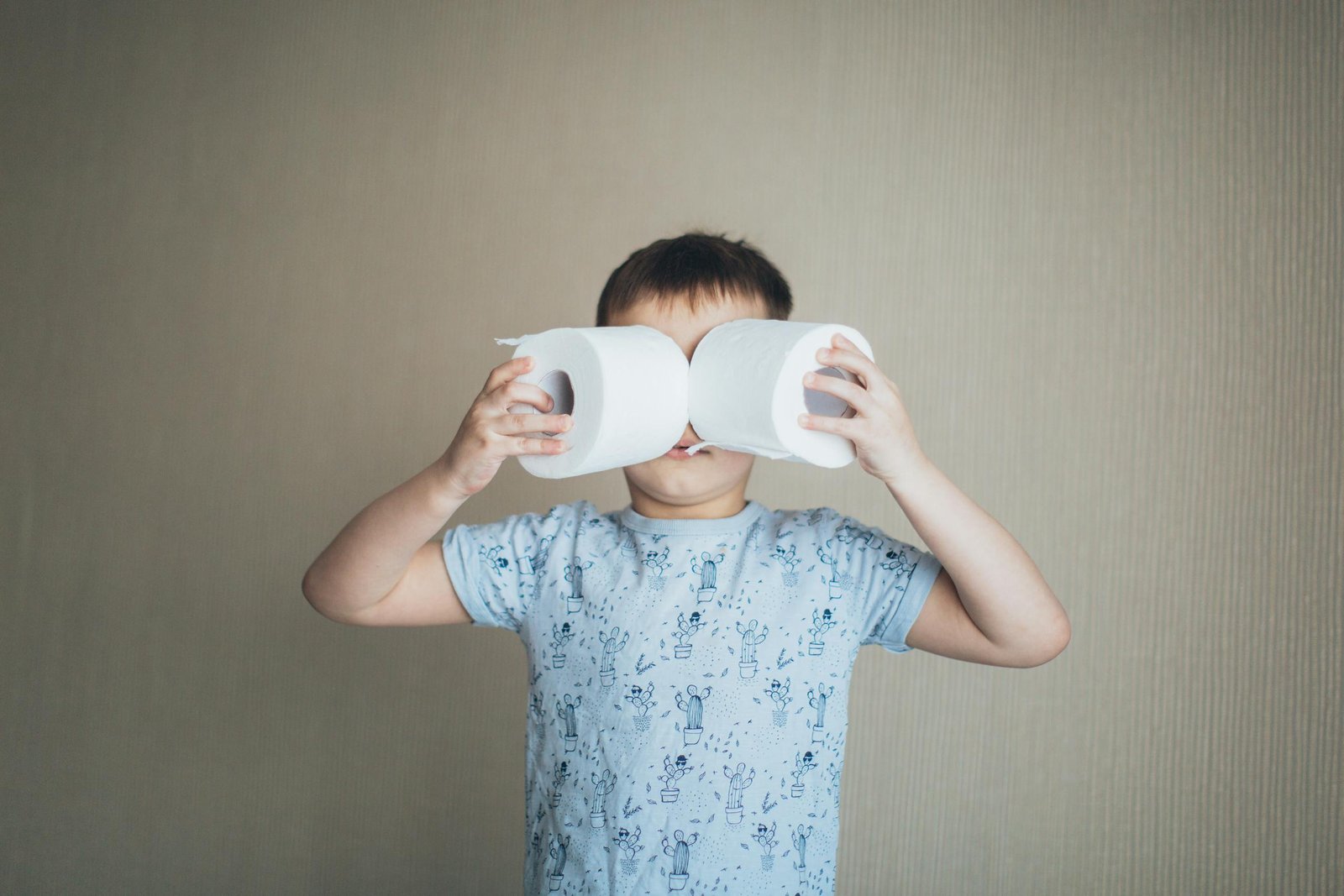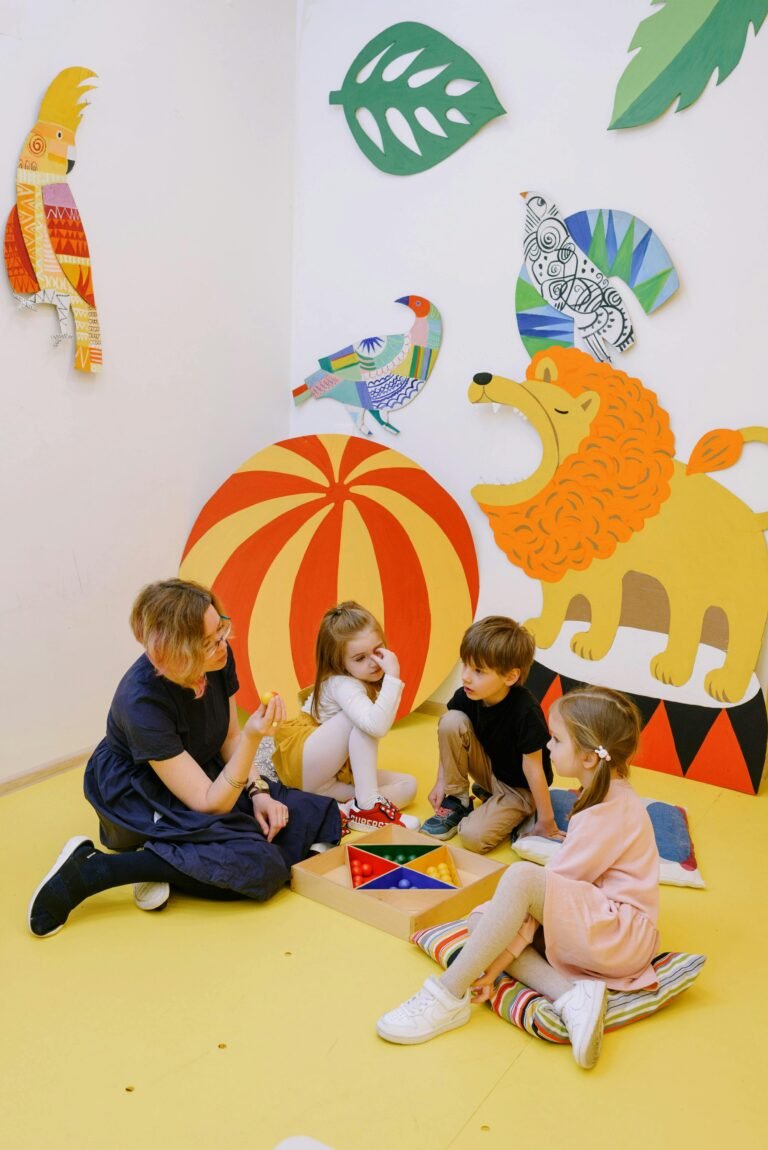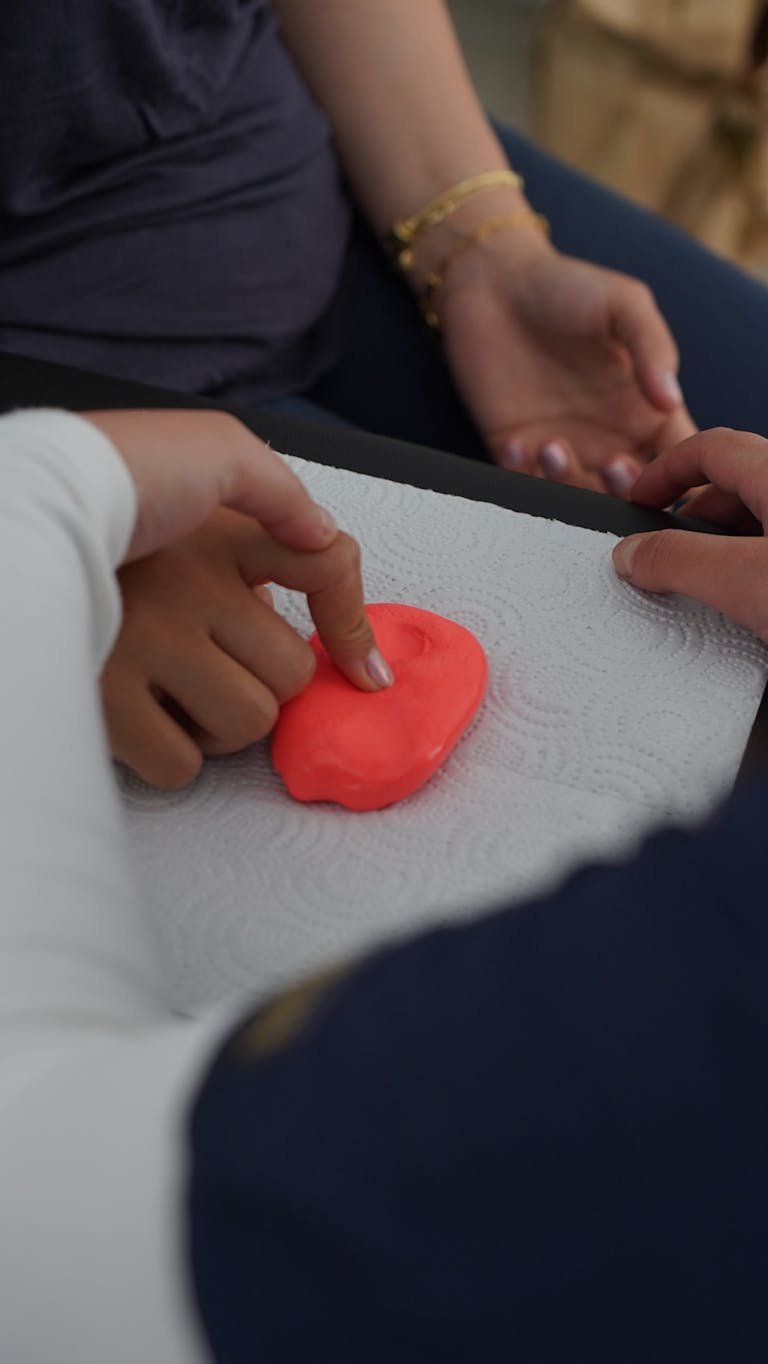
Toilet training can feel like climbing Mount Everest, even with neurotypical kids. But when you’re guiding an autistic child through this incredible milestone, it often feels like you’ve got a whole new set of challenges to navigate. And you know what? That’s perfectly normal! Autism Spectrum Disorder brings its own unique to the party – we’re talking sensory sensitivities, those fascinating communication differences, and a deep love for routine. All of these can definitely impact how your little one approaches the toilet.
Ready to roll up our sleeves? Let’s dive into compassionate strategies that will make your toilet training autistic children journey smoother, less stressful, and ultimately, triumphant.
Is Your Little One Ready to Rock? Assessing Readiness for Toilet Training
Before we even think about buying that tiny toilet seat, we need to play detective. Knowing when your child is truly ready is the first, most crucial step. Rushing it can lead to frustration for everyone, and nobody wants that. So, how do you spot the signs that your child is primed for toilet training autistic children?
- Physical Readiness: The Body Knows! First off, can your child actually control their bladder and bowels? This isn’t about willpower; it’s about physical development. Are they staying dry for a solid hour or two during the day? Do they wake up from naps with a dry diaper? These are big clues that their little bodies are getting the hang of holding it.
- Behavioral Readiness: Sending the Signals. Keep an eye out for those subtle (or not-so-subtle) cues. Do they fidget or show discomfort when their diaper is wet? Do they disappear behind the couch or into a corner when they need to go? These behaviors tell us they’re starting to connect those internal sensations with the need to eliminate. They’re becoming aware, and that’s huge!
- Communication Readiness: Let’s Talk (or Point!). How does your child tell you what they need? Whether they’re verbal, use gestures, point, or even picture cards, understanding their communication style is absolutely vital. They need a way to let you know “I gotta go!” If you’re scratching your head about communication strategies, seriously, a skilled ABA therapist can be your best friend here. They’ve got the tools and techniques to help your child find their voice.
See It, Do It: The Game-Changing Power of Visual Schedules
Autistic children thrive on predictability. It’s their jam! And guess what? Visual schedules are your secret weapon for creating that sweet, sweet predictability. They chop down anxiety and make the whole toilet training autistic children process crystal clear.
- Visual Aids for Victory: Imagine breaking down “using the toilet” into a series of picture cards: “pull down pants,” “sit on toilet,” “wipe,” “flush,” “wash hands.” Each step gets its own visual. It’s like a step-by-step instruction manual just for them!
- Sequencing for Sanity: These visual schedules aren’t just pretty pictures; they help your child grasp the sequence of events. They transform an abstract concept into a tangible, manageable task. Trust me, this is a cornerstone of effective toilet training autistic children. It’s all about making the unfamiliar, familiar.
Routine Rules! Establishing Your Consistency Superpower
If consistency were a superhero, it would definitely wear a cape when it comes to toilet training autistic children. A rock-solid routine builds habits, and habits lead to independence.
- Timed Toilet Trips: Your New Schedule: Start by taking your child to the toilet at regular, predictable intervals – maybe every 30 minutes to an hour. This isn’t about waiting for them to tell you; it’s about building a consistent habit, a predictable rhythm.
- The Beep for the Bathroom: Timers are Terrific: External cues can be a lifesaver. Use a timer or an alarm to signal when it’s toilet time. That gentle chime can be a powerful prompt for children who respond well to clear signals.
- Every Day, No Excuses: Stick to the same routine, every single day. Weekends, holidays, Grandma’s house – consistency is key. The more you stick to it, the faster this routine will become second nature, like brushing their teeth!

Story Time for Success: Unpacking Expectations with Social Stories
Social stories are pure magic for many autistic individuals. They offer a simple narrative that helps explain new situations and what to expect. Think of it as a friendly guide through an unknown adventure.
- Explaining the “Why” and “What”: Create or find social stories that clearly explain what toilet training is, why it’s important (like staying dry and comfortable!), and exactly what will happen.
- Anxiety Annihilator: These stories can seriously dial down anxiety by making the process predictable. They answer questions your child might have without them even needing to ask, preparing them mentally for each step.
The Sensory Scoop: Making the Bathroom a Comfort Zone
Sensory sensitivities are a huge factor for many autistic children, and they can make or break the toilet training experience. Addressing these can be the game-changer you’re looking for when toilet training autistic children.
- Commode Comfort Crew: Take a walk into your bathroom. Is the lighting too harsh? Is the flush a roaring monster? Consider softer lighting, maybe a quiet flush mechanism or even noise-canceling headphones for those loud toilet sounds. And don’t forget textures – a comfortable toilet seat cover can make a huge difference. Make it an inviting space, not a sensory obstacle course.
- Clothing Comfort Check: Simple, easy-to-remove clothing is your friend here. Buttons, zippers, and complicated layers can be a major source of frustration. Think elastic waistbands and quick changes!
- Wiping Woes? Get Creative! If your child is sensitive to wiping, don’t force it. Experiment! Try different types of toilet paper (softer ones!), wet wipes, or even a bidet attachment. Observe, adapt, and respond to their unique sensory profile. Every child is different, and what works for one might not work for another.
The Power of Praise: Why Positive Reinforcement is Your Best Friend
Listen, as an RBT, I can’t stress this enough: positive reinforcement is your absolute superpower in behavior change. For toilet training autistic children, it’s not just helpful; it’s non-negotiable.
- Celebrate Every Tiny Step: Reward, reward, reward! And I mean for any successful attempt, no matter how small. Did they just sit on the toilet? Sticker! Did they try to urinate? High five! Even pulling down their pants is a win.
- Rewards that Rock Their World: Figure out what truly motivates your child – stickers, a small toy, a favorite activity, or even just your enthusiastic praise. Make the reward immediate and consistent. They need to connect the good behavior with the awesome outcome.
- Accidents Happen: Ditch the Punishment. This is crucial: absolutely, positively, no punishment for accidents. Ever. Punishment can create fear, anxiety, and a negative association with the toilet, which will only set you back. Accidents are part of learning. Calmly clean up, reassure them, and just try again.
Unlocking Their Voice: Boosting Communication Skills
Being able to communicate “I need to go!” is fundamental to successful toilet training.
- Alternative Voices: If your child is nonverbal, arm them with communication tools. Think Picture Exchange Communication Systems (PECS), simple sign language, or a communication device. Teach them to use these methods to signal their need.
- Empower Independence: Encourage them to communicate before an accident. This empowers them, giving them a sense of control over their body and the situation. It’s a huge step towards independence.
The Gentle Approach: Gradual Transitions are Golden
Don’t just throw them in the deep end! Ease your child into this new routine gently to prevent overwhelm.
- Clothed Confidence: Start simple. Have your child sit on the toilet fully clothed. This helps them get used to the feel of the toilet, the sounds, and the new environment without the pressure of actually going.
- Step-by-Step undressing: Once they’re comfortable, gradually move to sitting without clothing, and then, finally, using the toilet for its intended purpose. Slow and steady wins the race!
Monkey See, Monkey Do: Model and Demonstrate
Kids are amazing at learning by observation. Use that to your advantage!
- Playful Practice: Grab some dolls, action figures, or even watch short, kid-friendly videos that show the toilet training process. Make it fun and low-pressure.
- Real-Life Role Models: If it’s appropriate and your child is comfortable, let them observe a same-sex family member using the toilet. Seeing someone they trust do it can be incredibly reassuring and informative.
Zen Master Mode: Patience and Flexibility Are Your Superpowers
Let’s be honest: toilet training an autistic child often takes longer. And you know what? THAT IS COMPLETELY AND UTTERLY FINE. This isn’t a race.
- Celebrate the Micro-Wins: Don’t wait for perfection. Celebrate every single step forward, no matter how tiny. Did they sit for 5 seconds longer? WOOHOO! Did they ask to go, even if it was a false alarm? AWESOME!
- Bumps in the Road? No Biggie! Setbacks are going to happen. It’s a learning process, not a linear climb. When they occur, take a deep breath. Calmly clean up, reassess your current strategy, and tweak it as needed. Your ability to stay calm and flexible is your greatest asset here when toilet training autistic children.
When to Call in the Cavalry: Seeking Professional Support
You are not alone in this journey. There are incredible professionals who can offer personalized guidance.
- Build Your Dream Team: Don’t hesitate to consult with your pediatrician, an occupational therapist, or, of course, a behavioral therapist (like a BCBA or an RBT). They can help pinpoint specific challenges, whether they’re sensory issues or complex communication barriers, and provide individualized strategies for toilet training autistic children. Remember, as per the BACB ethical code, we always refer to appropriate professionals when health services beyond our scope are needed.
Data Detectives: Tracking Progress Pays Off
Keeping a simple log of your child’s progress is surprisingly helpful. It helps you see patterns and adjust your game plan.
- Pattern Power: Note down when your child successfully uses the toilet and when accidents happen. This can help you spot patterns in their bodily rhythms, fine-tune your schedule, and celebrate just how far they’ve come! (You can use our free tracking tool!)
The Night Shift: Tackling Nighttime Training
Nighttime toilet training often takes longer than daytime, and that’s totally normal. Don’t stress if it doesn’t happen simultaneously.
- Mattress Protection Plan: Invest in good quality waterproof mattress covers. Trust me on this one.
- Fluid Funneling (Carefully!): Consider limiting fluids right before bedtime, but ALWAYS ensure your child stays well-hydrated throughout the day.
- Bedtime Routine Bonus: Gradually work the toilet into their bedtime routine – a trip right before lights out can make a world of difference.

Your Vibe Attracts Your Tribe: Stay Calm and Positive
Your energy sets the tone. Your child is going to pick up on your emotions, so try to be their rock.
- Be the Calm in the Storm: Even during accidents, stay calm and supportive. Your unwavering composure helps your child feel safe and reduces their anxiety.
- Their Pace, Their Progress: Remember, every child learns at their own unique pace. Toilet training autistic children is a journey, and your consistent positivity and support are the driving force behind their success.
By implementing these strategies and tailoring them to your child’s unique needs, you’re not just training; you’re building confidence, independence, and a stronger connection. Patience, consistency, and a whole lot of positivity – that’s the winning formula for toilet training autistic children!
Ready to try some of these strategies? Share your experiences in the comments below! What’s one tip that made a difference for your family? Or maybe you’re looking for more specific guidance? We’re here to help!
Potty Training Toilet Seat with Built-In Toddler Seat
128 in stock






